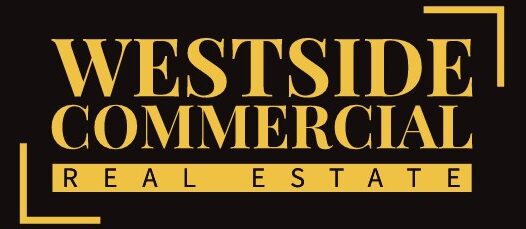In the competitive landscape of multifamily real estate, maximizing rental income is essential for property owners looking to optimize profitability and achieve long-term success. While traditional rent pricing models rely on fixed rates that remain constant over time, dynamic rent pricing offers a more flexible and responsive approach that can help property owners adapt to changing market conditions and maximize rental revenue. In this blog article, we’ll explore the concept of dynamic rent pricing and its
potential benefits for multifamily property owners.
Whatis Dynamic Rent Pricing?
Dynamic rent pricing, also known as demand-based pricing or variable pricing, is a pricing strategy that adjusts rental rates in real-time based on factors such as market demand, seasonality, occupancy levels, and competitor pricing. Unlike traditional fixed-rate pricing models, dynamic rent pricing allows property owners to optimize rental income by setting rents at levels that reflect current market conditions and tenant demand.
Benefits of Dynamic Rent Pricing:
- Maximized Rental Revenue: By adjusting rents dynamically based on market demand and other factors, property owners can maximize rental revenue and capitalize on opportunities to achieve higher rental rates during peak demand periods.
- Improved Occupancy Rates: Dynamic rent pricing can help property owners maintain optimal occupancy levels by adjusting rents to attract and retain tenants in competitive market environments. By offering competitive rental rates, property owners can minimize vacancy periods and maximize rental income.
- Enhanced Competitiveness: In today’s dynamic rental market, offering fixed rental rates may put property owners at a disadvantage compared to competitors who employ dynamic pricing strategies. Dynamic rent pricing allows property owners to stay competitive by adjusting rents in response to changes in market conditions and tenant preferences.
- Flexibility and Adaptability: Dynamic rent pricing offers greater flexibility and adaptability compared to fixed-rate pricing models. Property owners can respond quickly to changes in market dynamics, such as fluctuations in demand or shifts in competitor pricing, to optimize rental income and profitability.
- Data-Driven Decision Making: Dynamic rent pricing relies on data-driven insights and analytics to inform pricing decisions. By analyzing market trends, tenant behavior, and other relevant data, property owners can make informed decisions about adjusting rents to maximize revenue and profitability.
Implementing Dynamic Rent Pricing:
- Market Analysis: Conduct thorough market research to understand local market dynamics, including supply and demand trends, competitor pricing, and tenant preferences.
- Data Collection: Gather data on factors that influence rental demand and pricing, such as seasonality, occupancy rates, demographic trends, and economic indicators.
- Price Optimization Tools: Utilize advanced pricing optimization tools and software that leverage algorithms and predictive analytics to recommend optimal rent prices based on market conditions and performance goals.
- Continuous Monitoring and Adjustment: Continuously monitor market conditions and performance metrics to identify opportunities for rent adjustments. Adjust rents dynamically in response to changes in demand, occupancy levels, or competitor pricing.
- Tenant Communication: Communicate transparently with tenants about rent pricing policies and changes. Provide clear and timely communication regarding rent adjustments and the factors influencing pricing decisions.
Conclusion:
Dynamic rent pricing offers multifamily property owners a powerful tool for optimizing rental revenue and maximizing profitability in today’s competitive rental market. By embracing a flexible and data-driven approach to pricing, property owners can adapt to changing market conditions, attract and retain tenants, and unlock the full profit potential of their multifamily properties. With the right strategy and tools in place, dynamic rent pricing can be a game-changer for multifamily property owners seeking to
achieve long-term success and financial stability.
